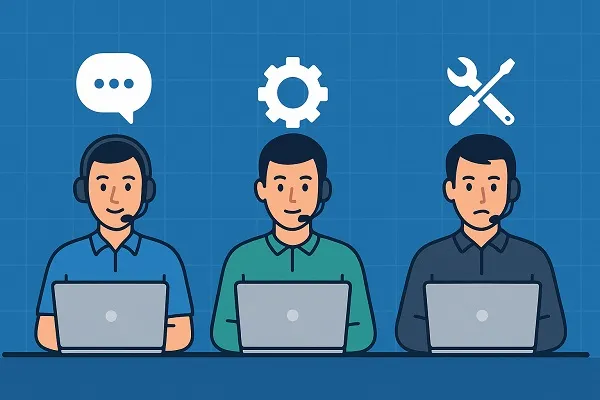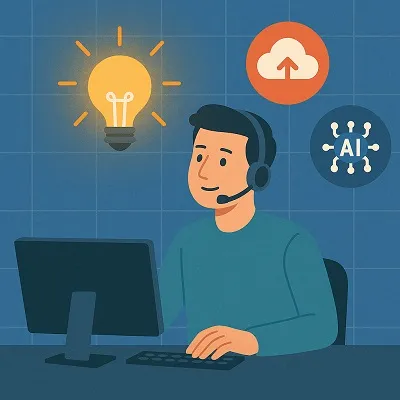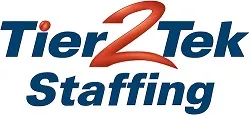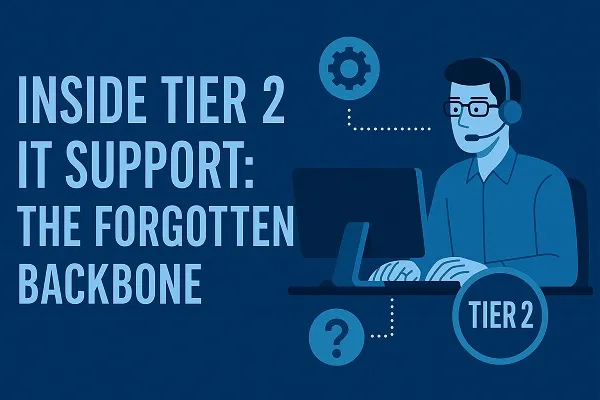When discussing the structure of IT support within an organization, Tier 2 IT support is often overlooked, despite being the critical bridge between front-line and expert technical support. Tier 2 technicians play a pivotal role in ensuring business continuity, user satisfaction, and efficient problem resolution.
Let’s dive into what Tier 2 IT support really entails, the responsibilities it carries, and why it deserves more recognition.
What is Tier 2 IT Support?
Tier 2 IT support, also known as Level 2 or L2 support, is the second line of technical support in the IT support hierarchy. It primarily deals with issues that Tier 1 (help desk) cannot resolve due to their complexity or the need for more in-depth technical knowledge.
Tier 2 technicians are often more specialized and have a deeper understanding of systems, software, and networks. Their focus is not just to fix issues quickly but to provide lasting solutions.
Key Functions of Tier 2 Support:
- Troubleshooting complex hardware and software issues
- Assisting with network configurations and connectivity problems
- Analyzing logs, error reports, and system data
- Providing escalation support to Tier 3 when necessary
- Creating documentation and knowledge base articles
The Difference Between Tier 1, 2, and 3 IT Support

Understanding the distinction among the support tiers clarifies why Tier 2 is so essential.
Tier 1 Support:
- First point of contact
- Handles basic issues like password resets or software installations
- Relies on scripts and standard procedures
Tier 2 Support:
- Deals with more in-depth technical issues
- Requires diagnostic skills and critical thinking
- May involve hands-on troubleshooting and advanced configuration
Tier 3 Support:
- Composed of specialists, developers, or engineers
- Handles unresolved or new/unknown issues
- Often involved in root cause analysis and system improvements
Skills and Knowledge Expected of Tier 2 Technicians
Tier 2 IT professionals need a unique blend of technical expertise and communication skills. Unlike Tier 1, which may have a more customer service focus, Tier 2 requires deeper technical proficiency.
Common Requirements:
- In-depth knowledge of operating systems (Windows, macOS, Linux)
- Familiarity with networking (TCP/IP, DNS, DHCP, VPN)
- Experience with enterprise software (e.g., Microsoft 365, Active Directory)
- Strong problem-solving and analytical abilities
- Ability to communicate technical information to non-technical users
Tools Used by Tier 2 IT Support
Tier 2 techs rely on a suite of tools to diagnose and fix issues.
Examples of Essential Tools:
- Remote desktop software (e.g., TeamViewer, AnyDesk)
- Log analysis tools
- Network monitoring software (e.g., Wireshark, PRTG)
- Ticketing systems (e.g., ServiceNow, Zendesk)
- Knowledge management platforms
Common Challenges Faced by Tier 2 Teams

Despite their importance, Tier 2 support teams often face unique challenges that can make their work more difficult than expected.
- High pressure: Expectations to resolve escalated issues quickly
- Knowledge gaps: Incomplete handovers from Tier 1
- Blame culture: Being held accountable for unresolved or recurring problems
- Limited recognition: Work is often invisible to end users and executives
Why Tier 2 Support is the Backbone of IT Operations
Tier 2 support holds the IT structure together. Without this middle layer, Tier 1 would be overwhelmed, and Tier 3 would be burdened with tasks that don’t require their high level of expertise.
Their Impact Includes:
- Reducing ticket backlogs
- Improving resolution times
- Enhancing end-user satisfaction
- Providing insights to improve systems
Tier 2 teams often liaise with other departments, act as quality control for Tier 1 escalations, and ensure that recurring issues are documented and resolved at their root.
Elevating Tier 2: How Organizations Can Better Support Their Teams
Too often, Tier 2 support gets caught in a reactive loop. Organizations can break this cycle by investing in:
- Training and certifications: Encourage ongoing learning (e.g., CompTIA, Microsoft certifications)
- Clear escalation paths: Define when and how issues move to Tier 3
- Recognition programs: Celebrate contributions and innovative problem-solving
- Career paths: Offer opportunities for growth into Tier 3 or IT management roles
The Future of Tier 2 IT Support

With the rise of AI and automation, some predict that Tier 1 support will become increasingly automated. This makes Tier 2 even more critical, as they will be required to handle more complex issues and system oversight.
Emerging Trends:
- Greater involvement in cybersecurity
- Working with AI-generated diagnostics
- Focus on proactive support and system optimization
Recognizing Tier 2 for What It Is
Tier 2 IT support is much more than an escalation layer—it is the forgotten backbone of organizational IT. Without it, efficient, scalable support would collapse under the weight of unresolved issues and user dissatisfaction.
Organizations that acknowledge and empower their Tier 2 teams will not only improve technical support outcomes but also enhance overall IT resilience.
Reference:
- National Institute of Standards and Technology (NIST) – IT Support Guidelines
- CompTIA – IT Career Pathways
Content reviewed and published by Tier2Tek Staffing Editorial Team .

